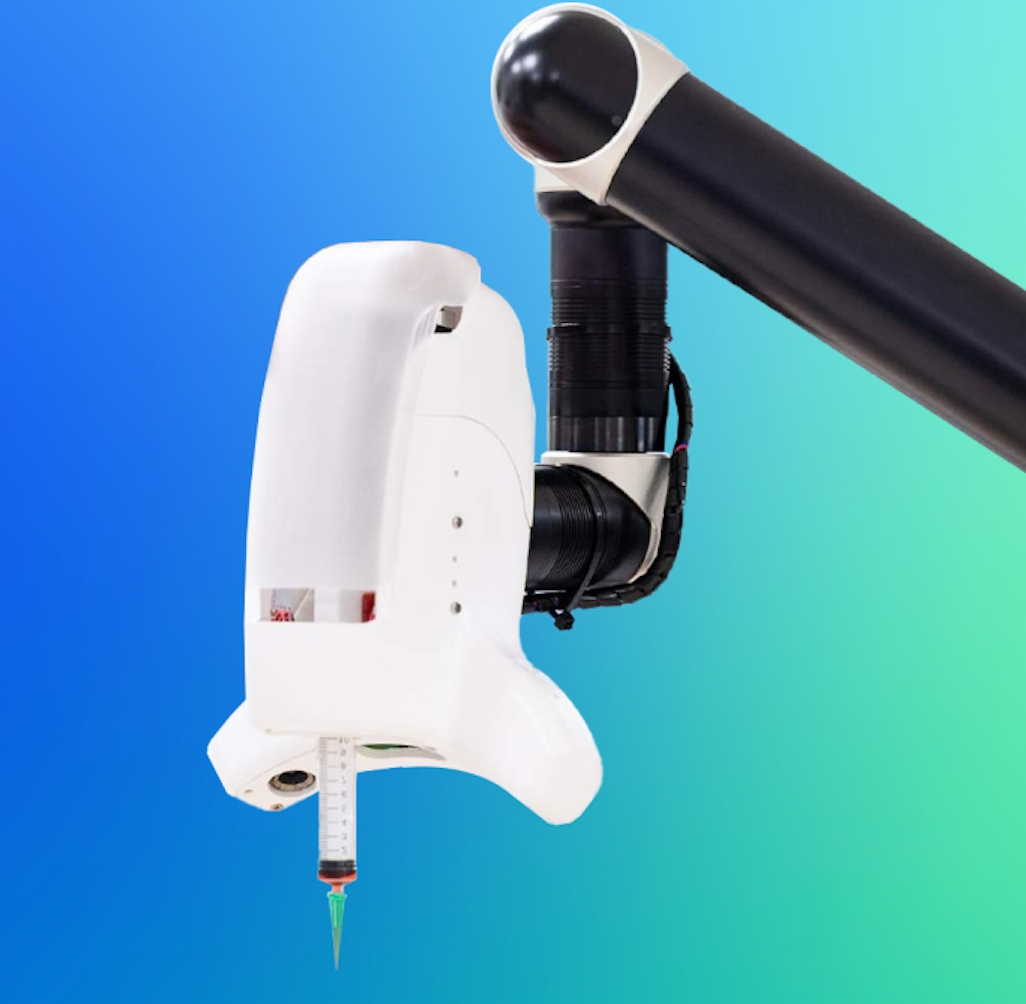Catalog
Metrology
525 products
View:
- Selected: 0Areas of use
- Selected: 0Item names
- Selected: 0Manufacturer
- Selected: 0Made in
- Selected: 0Additional
View:
525 products
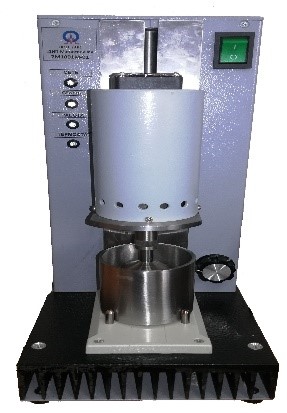
Viscometer ZM-1001M-01
The viscometer works under the control of a PC (Laptop). In the dialog mode, the operator sets the parameters necessary for testing liquids.
The test results are displayed on a PC display, stored in a database and can be printed on a printer.
Technical specifications
The range of viscosity determination is from 0 to 1000 MPa ×s.
The limits of the permissible relative error in determining the viscosity under normal conditions are 1%.
The rotational speed of the measuring nozzle is from 0.1 to 900 rpm.
The range of temperature control and determination of the temperature of the tested solutions under normal conditions is from 10 to 50 ° C.
The limit of permissible absolute error of temperature control and temperature determination ± 2 °C.
Normal operating conditions under which metrological and reliability parameters are normalized:
type of current – alternating single-phase;
supply voltage – (220 ± 22) V;
ambient temperature – from +15 to +25 ° C;
AC frequency – (50± 1) Hz;
power consumption – no more than 240 VA.
Operating conditions under which the additional error in determining the viscosity increases by ½ of the main one:
ambient temperature – from +10 to +35 ° C;
The electrical insulation resistance between the electrical circuits and the housing at ambient temperature (20 ± 5) ° C and relative humidity (80 ± 3)% is not less than 20 mOhm.
The electrical insulation between the electrical circuits and the housing under the conditions of clause 2.8 must withstand an alternating current voltage of 1.5 kV of a sinusoidal shape with a frequency of 50 Hz.
Overall dimensions of the viscometer, no more than 160x300x340mm.
The average service life is at least 10 years.
The mass of the viscometer is no more than 12 kg.
NPK "ZIP-MAGNITONIKA"
Krasnodar
Produced in: Krasnodar
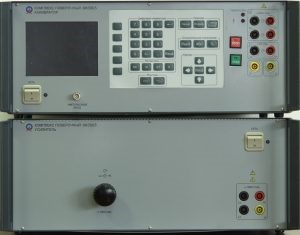
The verification complex ZM3003
It has:
a wide range of calibrated currents and voltages reproduction;
wide frequency range at alternating current 20Hz – 20kHz;
adjustment of the phase shift angle between current and voltage in the range 0 – 360 °;
high accuracy of reproduction of current, voltage, phase shift angle.
Normal operating conditions:
ambient temperature (23 ± 5) ° C;
the relative humidity of the surrounding air is 30-80 %;
atmospheric pressure 84 — 106 kPa (630-795 mmHg);
supply network voltage (220 ± 4.4) V;
supply network frequency 48 — 62 Hz.
Operating conditions:
ambient temperature from 5 to 40 ° C;
relative humidity up to 80 % at temperatures up to 30 ° C;
atmospheric pressure 84 — 106 kPa (630 — 795 mmHg)
supply voltage (220 ± 22) At a frequency of 48 — 62 Hz;
The additional error in reproducing the voltage and strength of direct and alternating current, as well as the power from a change in the mains voltage by ± 10% of the nominal value of 220 V does not exceed half of the corresponding basic error.
The additional error from the change in ambient temperature for every 10 ° C does not exceed half of the basic error.
The electrical insulation resistance between the power supply circuits of the device and the housing is not less than:
under normal conditions of use – 20 Mohm;
at elevated ambient temperature — 5 Mom.
The device can be used as part of automated measuring systems for various purposes with serial interfaces: RS-232C (EIA-2320) or USB.
Overall dimensions:
control unit 270 x448.8x496 mm,
power unit 270 x448.8x496 mm.
Weight: control unit 25 kg, amplifier unit 25 kg.
NPK "ZIP-MAGNITONIKA"
Krasnodar
Produced in: Krasnodar
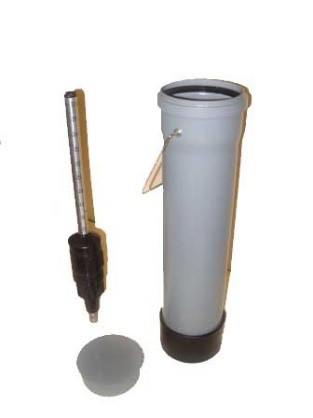
Areometer ADB-1M
Device parameters:
density measurement range, g/cm3
— with calibrated load — ( 0.8 to 1.7 )
— without calibrated load — ( 1.7 to 2.6 )
the price of dividing the hydrometer scale (main and correction), g/cm3— ( 0.01 ) working medium — water density from 0.96 to 1.039 g/cm3 at temperature, 0C — (from 5 to 50 )
the capacity of the hydrometer cup, cm3 — (78.5 +0.3) the limit of permissible absolute error at the temperature of the test solution, the environment and water 20 +2, g /cm3— (0.01)
the mass of the calibrated load, g — (81.58 +0.1 )
overall dimensions of the hydrometer, mm — ( 66x454 )
weight of hydrometer with case, kg — ( 1,450 )
NPK "ZIP-MAGNITONIKA"
Krasnodar
Produced in: Krasnodar
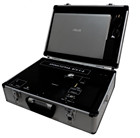
Two-channel portable gas chromatograph FGH-1-2
from
1 030 000 ₽
The FGH-1-2 chromatographs have retained the main advantages of the FGH-1 model – mobility and ease of operation and maintenance. At the same time, FGH-1-2 has all the advantages of a modern multichannel chromatograph – the ability to reliably identify and accurately determine the concentrations of various pollutants of environmental objects. The additional use of automatic identification in the processing of chromatograms simultaneously through both channels makes FGH-1-2, in fact, a universal selective gas analyzer of organic substances using the chromatographic separation method.
In FGH-1-2, as well as in FGH-1, all methodological problems have been solved:
all measurement methods (MI) used are certified,
the devices are equipped with sampling devices prescribed in MI,
the devices are graded according to the required substances,
independent control of the stability of calibration characteristics and measurement errors is provided.
EKAN
Moscow
Produced in: Moscow
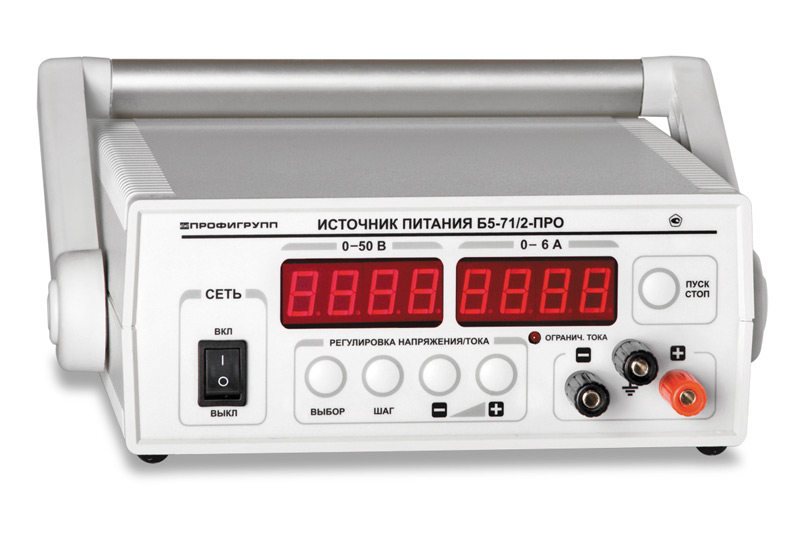
Pulse DC power supply B5-71/5-PRO
1 supp.
Regulated switching power supplies with highly stable output characteristics
Digital display of set and actual value, voltage and current (4 digits, LED)
Electronic load switching on/off
Protection against overload, short circuit, overheating and reverse polarity
Low ripple output voltage less than 2mV
Low ripple output current less than 5mA
Minimum discreteness of setting output voltage and current 0.007/0.005
Operating modes: stabilization U and I, dynamic load
RS-232 interface
DIPAUL
Saint Petersburg
Produced in: Saint Petersburg
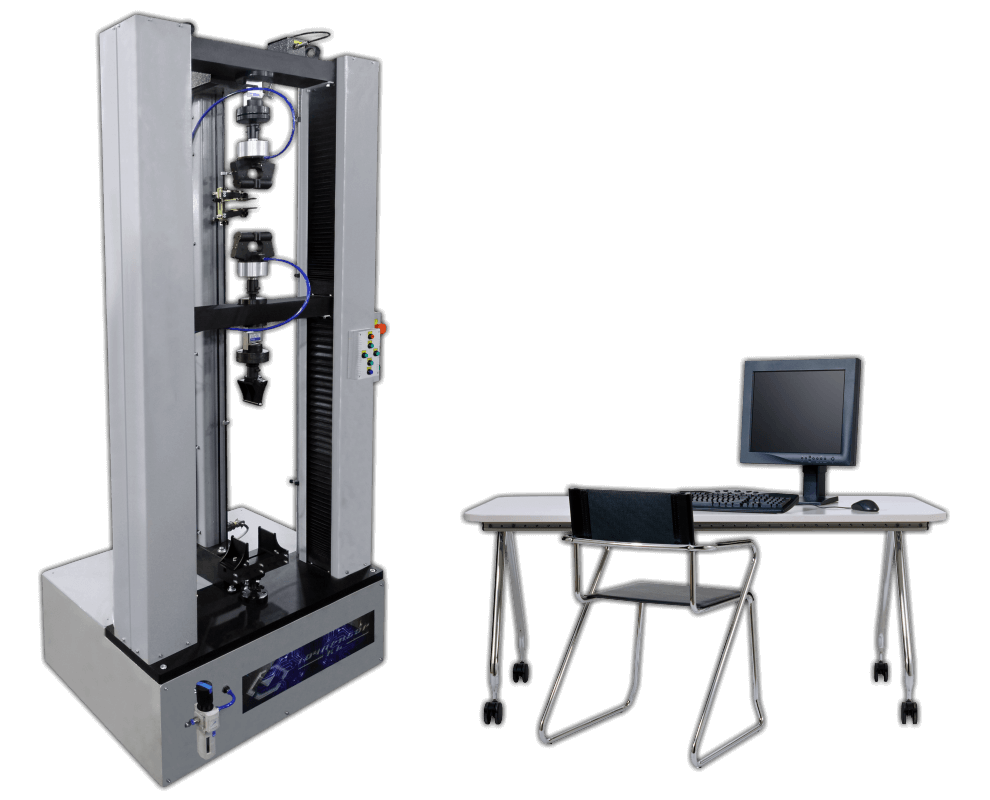
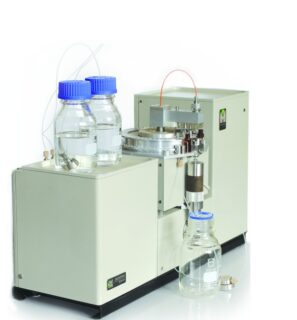
Chromatograph Milichrome A-02
Overall dimensions: 550x230x350 mm
Weight (without computer): ~17 kg
Power consumption: up to 200 watts
Warranty service : 1 year
Detector
Two-beam spectrophotometer
Spectral range – 190-360 nm
Simultaneous detection at 1-8 wavelengths
Cell volume – 1.2 µl
Noise <0.0001 E.O.P. at 250 nm
Drift <0.00005 E.O.P./hour at 250 nm
Column
Ø2x75 mm stainless steel
The efficiency of the column is up to 6000 theoretical plates
Thermostat
Solid-state electric
Set temperature from 35 to 90°C
The discreteness of the temperature setting is 1 °C
Temperature control error ±0.3°C
Pump
Two-pronged, gradient
The feed rate is from 5 to 1000 µl/min, the
maximum pressure is 70 atm
. The gradient is formed from 1 to 20 linear sections
Automatic doser
Automatic, programmable
Number of test tubes – 46
The number of analyses in the series is from 1 to 200
The dosed volume is from 1 to 99 µl
Test tubes made of glass with a volume of 200 µl
Polyethylene tube stoppers
Software
OS: Windows® XP/7/10
Milichrome A-02™, Multichrome™, Alphachrome, Alphaspectrum
EkoNova
Novosibirsk
Produced in: Novosibirsk
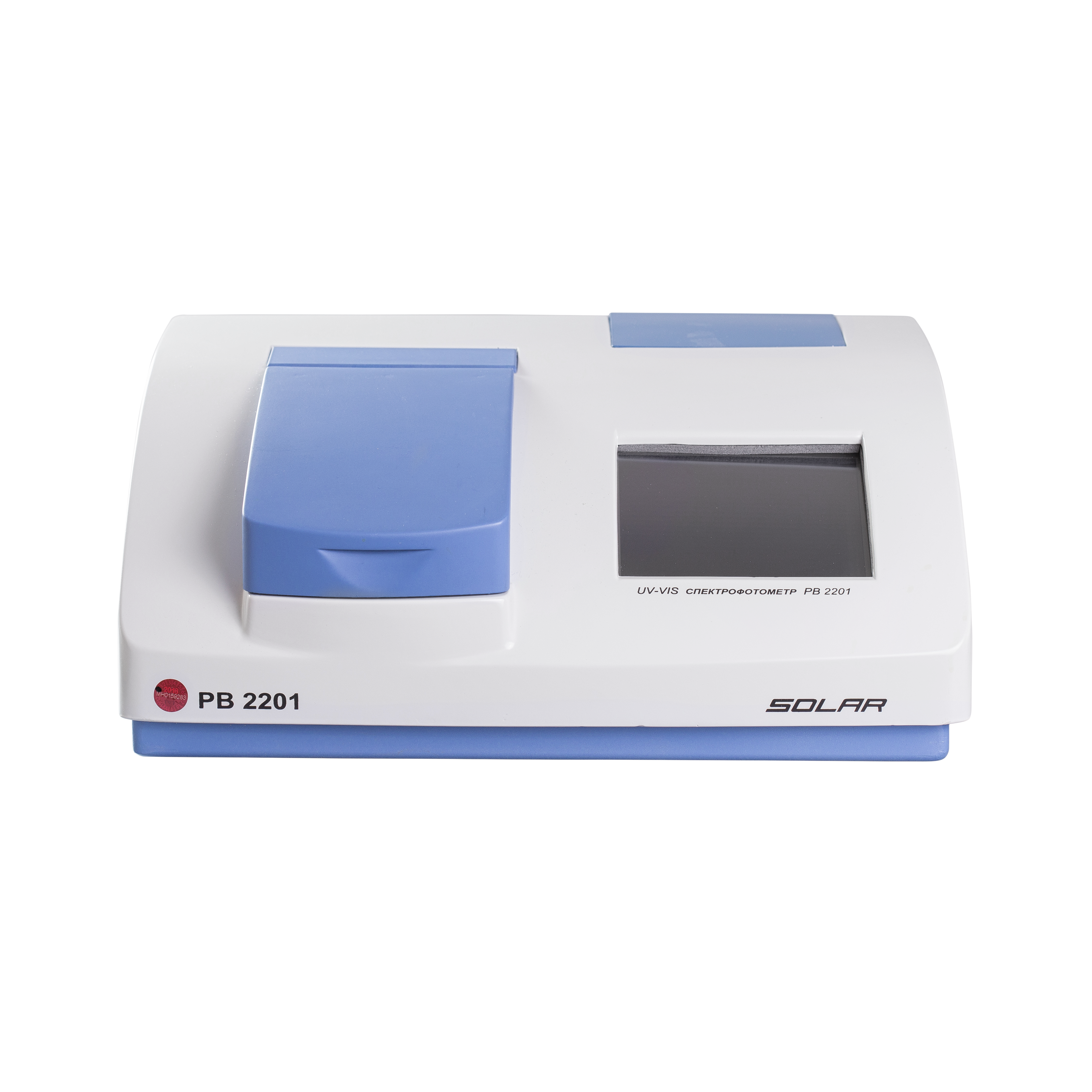
Spectrophotometer UV-VIS PB2201
1 supp.
Measuring functions
Measurement of absorption, transmission, and reflection spectra
Measurement of optical density, transmission coefficient and reflection coefficient at fixed wavelengths
Determination of concentration at one, two, three wavelengths by factor, standard, schedule
Multi-wave kinetic measurements
Determination of concentration by programmed methods
Calculation of color and chromaticity coordinates
UVI spectrophotometers "SOLAR" operate in the ultraviolet, visible and near infrared regions of the spectrum. They are used in scientific laboratories, healthcare institutions, veterinary medicine, pharmaceuticals, ecology, biology, etc., in laboratories for quality control of products and raw materials in various sectors of the economy (industrial enterprises, agriculture, food industry, etc.)
Removable cuvette holders and set-top boxes
Accurate measurements
Cost-effectiveness
Touch screen
Built-in printer
Software support
SOLAR
Minsk
Produced in: Belarus, Minsk
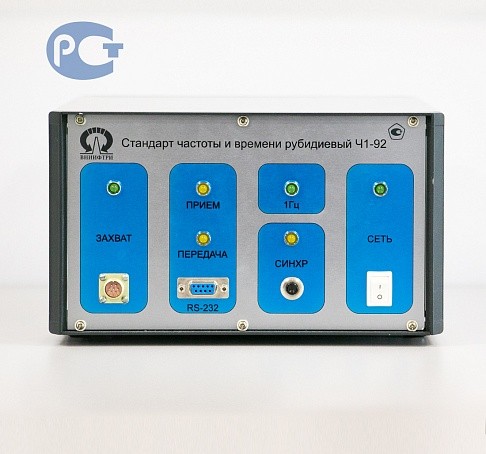
Rubidium frequency and time standards H1-92
from
424 995 ₽
VNIIFTRI
Mendeleevo
Produced in: Mendeleevo, Moscow region
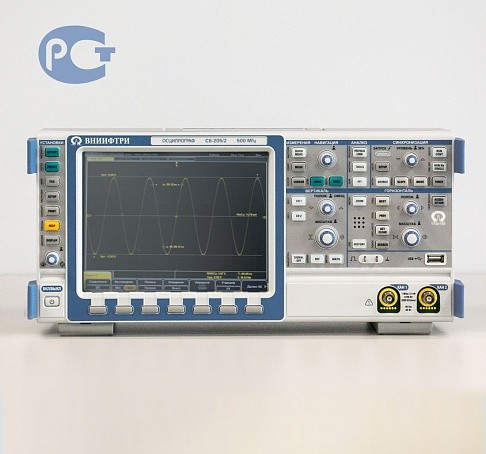
Digital storage oscilloscope S8-205/2
from
954 216 ₽
VNIIFTRI
Mendeleevo
Produced in: Mendeleevo, Moscow region
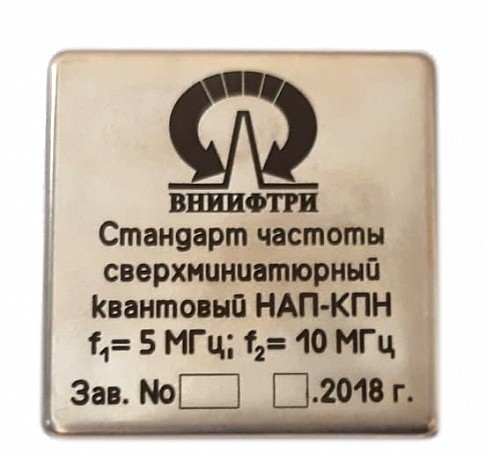
Rubidium superminiature quantum frequency standard NAP-CPN
VNIIFTRI
Mendeleevo
Produced in: Mendeleevo, Moscow region
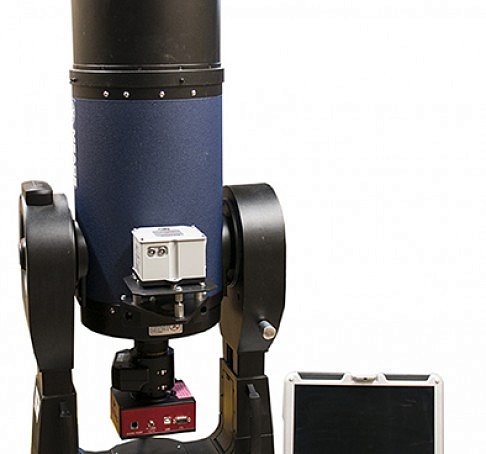
Complex for the rapid determination of the components of the plumb line deviation (astrometer UOL, AUOL)
VNIIFTRI
Mendeleevo
Produced in: Mendeleevo, Moscow region
